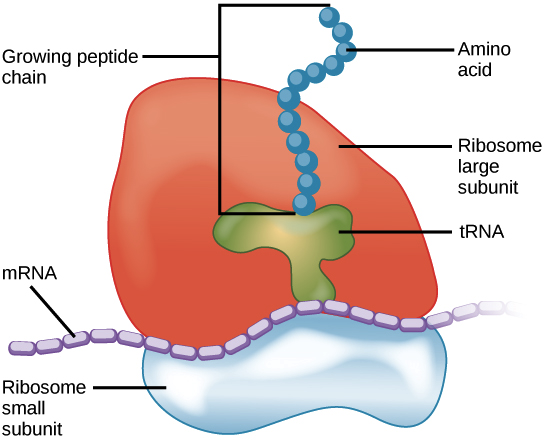When I look at a tree of life for the Cambrian, I see a creation event. From the very beginning, 12 animal phyla highlighted in white came into existence.
The evolutionary tree of animals in the context of the Cambrian Explosion. Dotted lines represent the probable range of particular groups of animals. Solid lines represent fossil evidence. Extinct groups (taxa) are represented by a circled cross. Cones represent the approximate origin and diversification of the modern phyla (the crown groups). The basic body plan of major groups of animals (today's phyla) had already evolved by the time of the Burgess Shale. (Modified after Xiao and Laflamme, Peterson et al and Dunn et al.).
The basic body plans of the organisms we see today had been thought up from the beginning.
I was taught in biology that the Protozoa gave rise to the sponges and Coelenterates, gave rise to the Platyhelminthes, gave rise to the Annelida, gave rise to the Arthropoda, gave rise to the Chordata in the order fish, frogs, reptiles, birds mammals.
I remember being taught all the evolutionary steps it would take for the one to turn into the other.
All lies. They all arose at the same time give or take some statistical/fossil error.
God had thought out these body types from the start.
When I was being taught evolution, we were not taught palaeontology so we had no idea of the time it took for one phylum to evolve into the other. Turns out they arose simultaneously give or take statistical/fossil error.
I wish the biology professors and doctors at universities would just teach the facts, meaning "this animal has that structure" instead of having to pad it with just so stories and fables that "this giraffe got its long neck by stretching to reach high hanging fruit, and he was the best at reaching it, so he won the race to reach the top of the tree" type of story.
The fact we have a creature so complex as the Trilobite right from the start, and even a Chordate makes my biology teachers all liars. Even as I listened to their stories I knew they were lying. The fossil record has only confirmed that.




